Asian countries take a stand against the rich world’s plastic waste
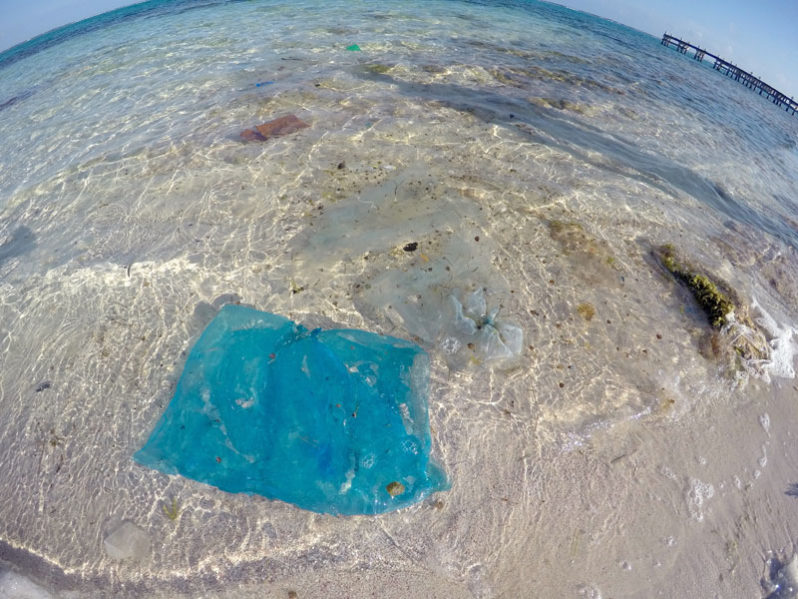
Amid a growing global movement against non-recyclable plastic, Vietnam and Thailand have said they will block all imported plastic waste in the next few years. Taiwan announced it would only accept plastic scrap if sorted into a single type, making it easier to recycle.
Japan wraps everything in plastic. Now it wants to fight against plastic pollution.
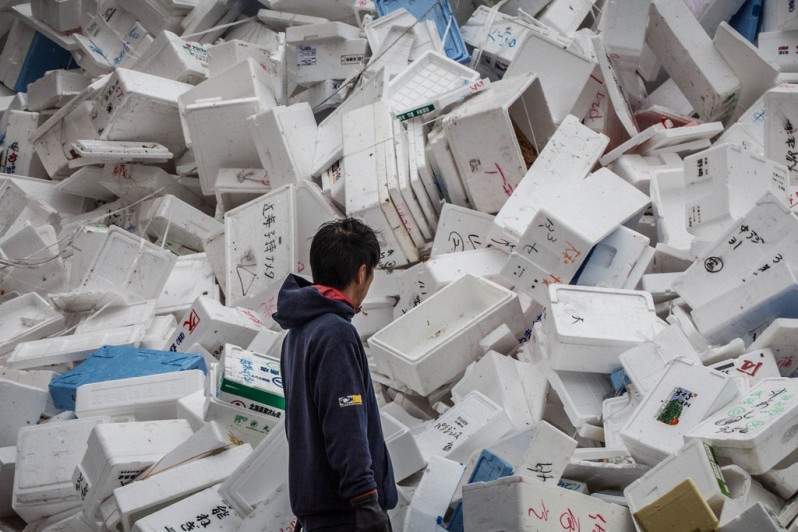
Japan’s obsession with hygiene combined with its pride in “omotenashi,” or customer service, dictates that everything is meticulously wrapped, rewrapped and bagged in multiple layers of plastic.
Where does your plastic go? Global investigation reveals America’s dirty secret
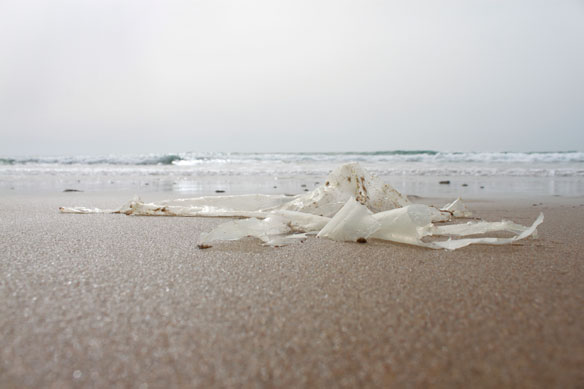
A Guardian report from 11 countries tracks how US waste makes its way across the world – and overwhelms the poorest nations.
War on plastic, a BBC Video
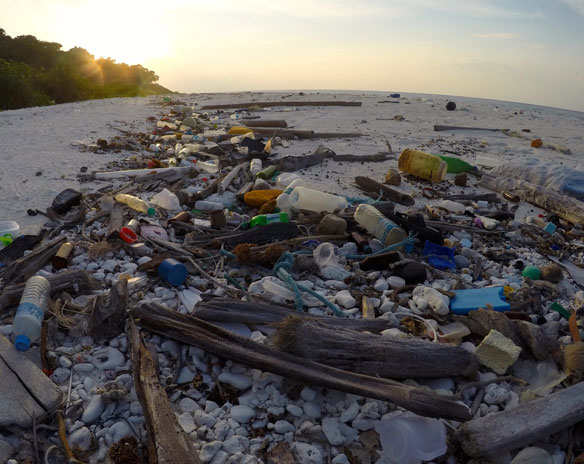
Every minute of every day the equivalent of a garbage truck full of plastic is emptied into the world’s oceans. In this new three-part series, BBC reporters explore where this gigantic problem is coming from, and what we can all do to try and solve it.
Canada Plans to Ban Single-Use Plastics, Joining Growing Global Movement
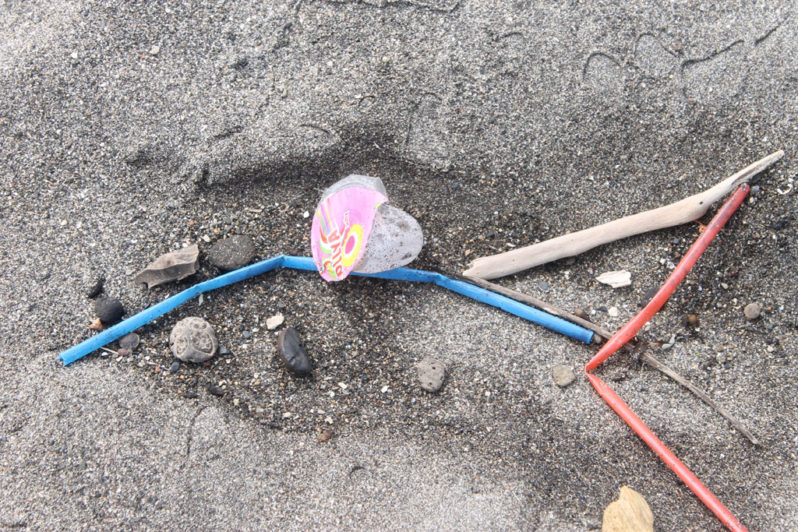
Canada on Monday joined a growing global movement with a plan to ban single-use plastics blighting the environment.
Microplastics Have Invaded The Deep Ocean — And The Food Chain

The largest habitat for life on Earth is the deep ocean. It’s home to everything from jellyfish to giant bluefin tuna. But the deep ocean is being invaded by tiny pieces of plastic — plastic that people thought was mostly floating at the surface, and in amounts they never imagined.
Microplastic throughout Monterey Bay

A new study shows that microplastic particles are not only common from the surface to the seafloor, but they’re also being eaten by animals and incorporated into marine food webs. The most abundant types of plastic found in the water samples match those commonly used in consumer products. Most plastic waste comes from land, although it may travel far on ocean currents.
Americans Consume Tens of Thousands of Microplastic Particles Every Year
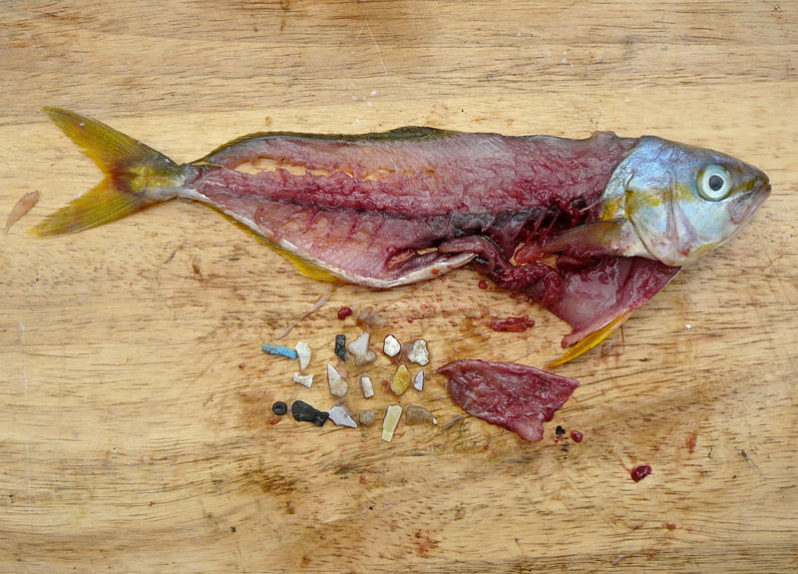
Americans consume more than 70,000 microplastic particles every year from the food they eat, the water they drink, and the air they breathe, according to a new study published in the journal Environmental Science & Technology.
Newborn Hawaii beach is already polluted with tiny pieces of plastic
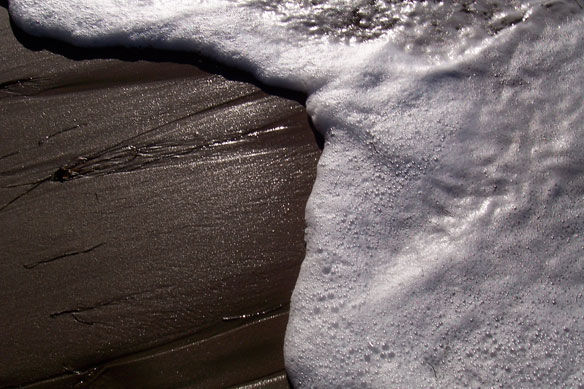
There’s this romantic idea of the remote tropical beach, clean and pristine. That kind of beach doesn’t exist anymore. Pohoiki adds to the growing body of evidence that plastic is most likely ubiquitous on beaches: even ones that look virgin.
